
The broad ideology of Marxism has killed roughly 100 million people. It's ghoulish and stupid. Classical liberalism actually works.
5 subscribers
How to get URL link on X (Twitter) App

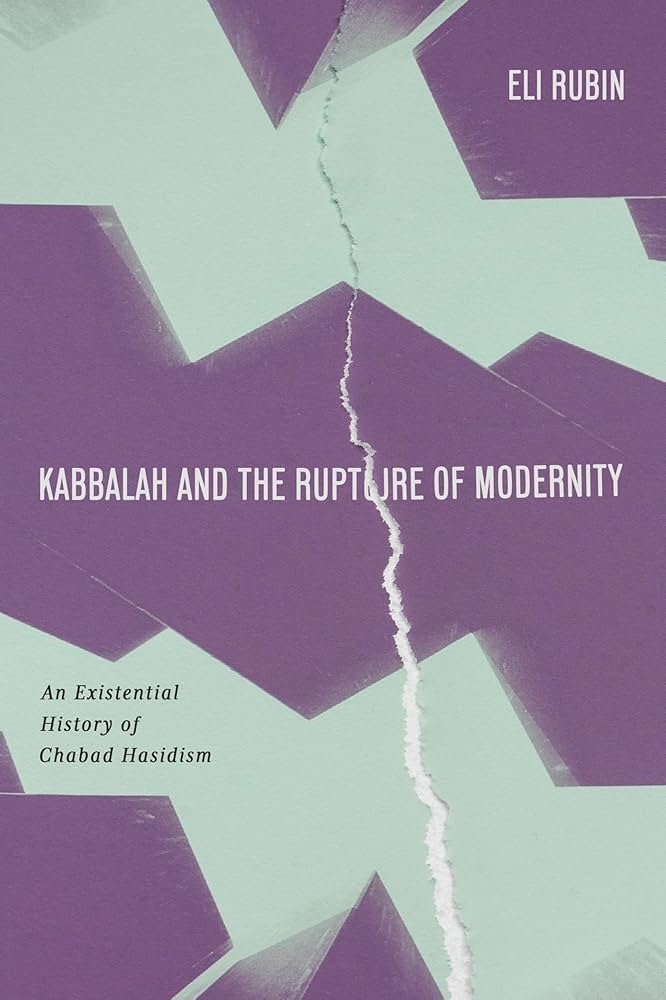
 The core argument, put simply is, before Luria, most mystical and philosophical traditions imagined reality as a smooth flow from God to the world (like a pyramid with God at the top). Luria dramatically reversed this: God had to withdraw completely to create space for anything else to exist.
The core argument, put simply is, before Luria, most mystical and philosophical traditions imagined reality as a smooth flow from God to the world (like a pyramid with God at the top). Luria dramatically reversed this: God had to withdraw completely to create space for anything else to exist. 
https://x.com/Ne_pas_couvrir/status/1979944825827778796Hess inherits this Lurianic-infused Hegelian framework, blending it with Spinoza's monism from the Ethics, which treats thought and extension as modes of a single substance and informs Hess's vision of a reconciled community. While Kant's regulative teleology in the Critique of Judgment and his providential view of history in the 1784 "Idea for a Universal History with a Cosmopolitan Aim" provide a background for seeing progress as purposeful (albeit antagonistic), Hess anchors this teleology in human agency, secularizing it into praxis through his "philosophy of the deed" and making communal reconciliation the product of conscious action rather than inevitable unfolding (Hess, "Philosophie der Tat"; Avineri).
https://x.com/Ne_pas_couvrir/status/1974603374147342747The opening move is a narrowing that makes historical room, followed by a break in the ordering of things that leaves a residue. This process is internal within (the Geist, the oneness), and the framework is explicit re; the internality of this process and the persistence of a trace after contraction; this explains how fragments can still bear the mark of the source even in a damaged field.

https://twitter.com/AOC/status/1969074559602110509
 The meme is undefeated.
The meme is undefeated. https://twitter.com/johnpavlovitz/status/1969103912981434603

 Fast forward a few years, and you have a clash between Northern and Deep South interests.
Fast forward a few years, and you have a clash between Northern and Deep South interests. 

https://twitter.com/FedPoasting/status/1810392510277235013So, what exactly is framing? At heart, it's a mental and communication trick where people, groups, or the media pick and choose how to package information. This influences how you perceive it, make sense of it, and react. In psychology, it's called the framing effect, a kind of bias where the way something's worded or presented, like focusing on the upside versus the downside, nudges your choices without altering the facts. It plays on quick brain shortcuts, making one side feel way more attractive. In broader fields like communication and social studies, framing builds whole stories by spotlighting some details, such as who caused a problem, the moral takeaway, or the fix, while shoving others into the shadows or cutting them out completely. Think of it like a picture frame: it highlights the main scene, draws your eye to certain colors, and crops out distractions, guiding your emotions and actions while setting boundaries on what's acceptable to talk about.

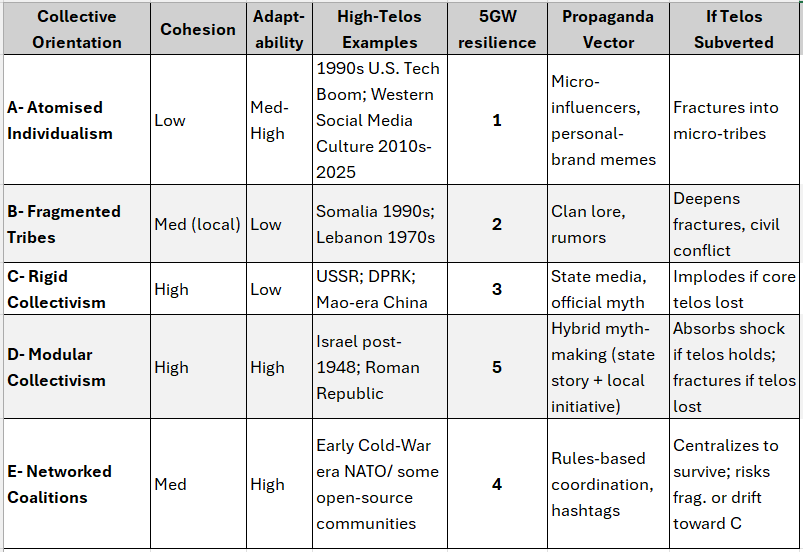
https://twitter.com/Ne_pas_couvrir/status/1927436205911683462
 From a Game Theory POV
From a Game Theory POVhttps://twitter.com/Ne_pas_couvrir/status/1930691093370474808Greek Magical Papyri (c. 2nd c. BC (ish)
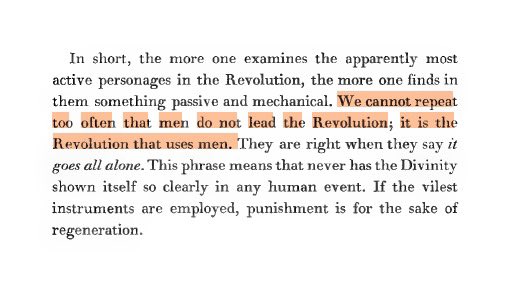
https://twitter.com/ne_pas_couvrir/status/1789626296638517623


https://twitter.com/Ne_pas_couvrir/status/1693045691377946972In the beginning, the fullness of the divine retracts, allow the illusion of autonomy & difference, meaning the space where finite creation and multiplicity appear. In that void, the world of power structures & dominant ideologies forms. These structures fill the vacuum but are fragile & limited vessels such as capitalism, whiteness, patriarchy, normativity, imperialism. They arise as 'ignorant' overextensions of partial truths, born in a world now separated from its source.

https://twitter.com/_stroak/status/19268057678745559141) Leftist theory follows a redemptive arc: Rupture → Alienation → Memory → Praxis/Repair → Return → Wholeness.
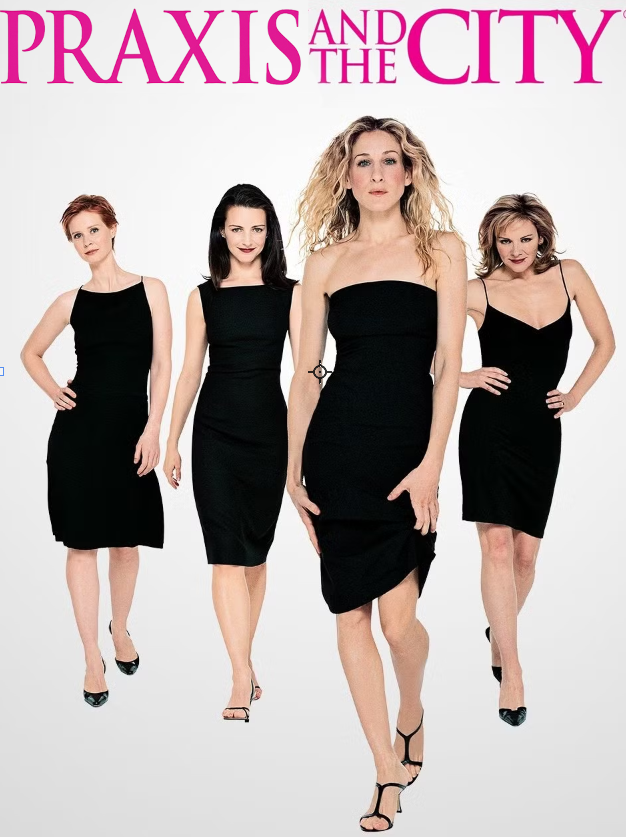
https://twitter.com/DailyMailCeleb/status/1926606402648211489
 Anxious narcissist: Carrie glamorizes instability, turning serial monogamy, emotional chaos, and compulsive spending into symbols of self-discovery and authenticity. She subverts ideals of marriage, modesty, and financial discipline, reframing moral drift as personal liberation.
Anxious narcissist: Carrie glamorizes instability, turning serial monogamy, emotional chaos, and compulsive spending into symbols of self-discovery and authenticity. She subverts ideals of marriage, modesty, and financial discipline, reframing moral drift as personal liberation.
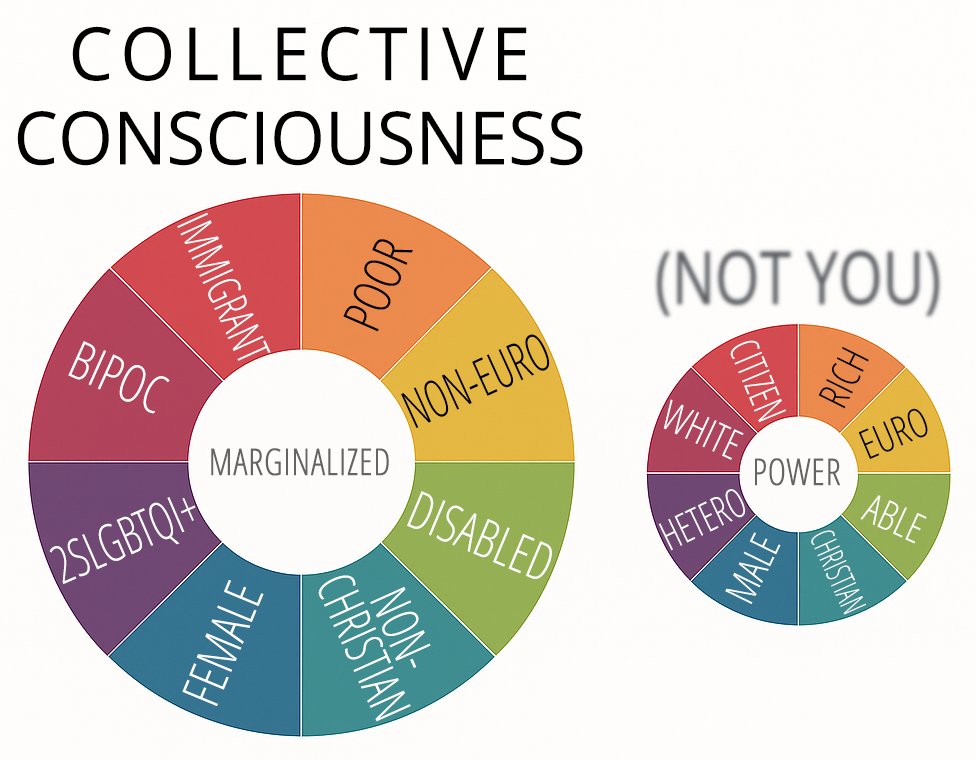
https://twitter.com/Ne_pas_couvrir/status/1921549403434664384The void it created wasn’t sacred emptiness for the other; it was exclusion in disguise, a hollow cleared to enthrone a new God-form: Rational Man (white, male, European, scientific, landowning, heteronormative). He didn’t just inherit the thrones of Church and Crown. He became the axis of being, the new vessel for truth, law, order, and meaning.

 Marx insists ideas follow material relations, yet the whole system is driven by an inner telos: history must pass through rupture toward reconciliation. That is a metaphysical conviction, not an empirical law of markets. Economics supplies metaphors and data; the plot comes from an inherited redemptive archetype.
Marx insists ideas follow material relations, yet the whole system is driven by an inner telos: history must pass through rupture toward reconciliation. That is a metaphysical conviction, not an empirical law of markets. Economics supplies metaphors and data; the plot comes from an inherited redemptive archetype.

https://twitter.com/Ne_pas_couvrir/status/1921541829511512498Lurianic K


https://twitter.com/Ne_pas_couvrir/status/1899816616721801384Right now, I’m expecting the 2026 midterms to load their weapon, and 2028 to fire it.
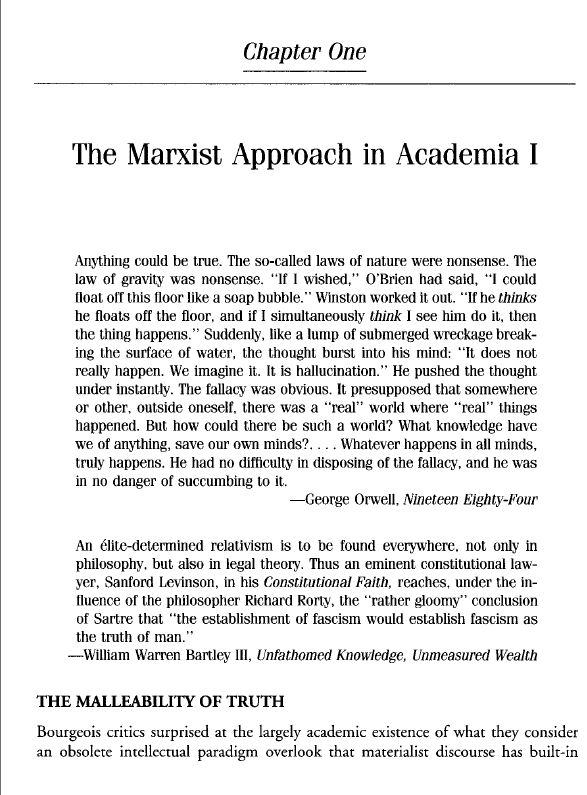

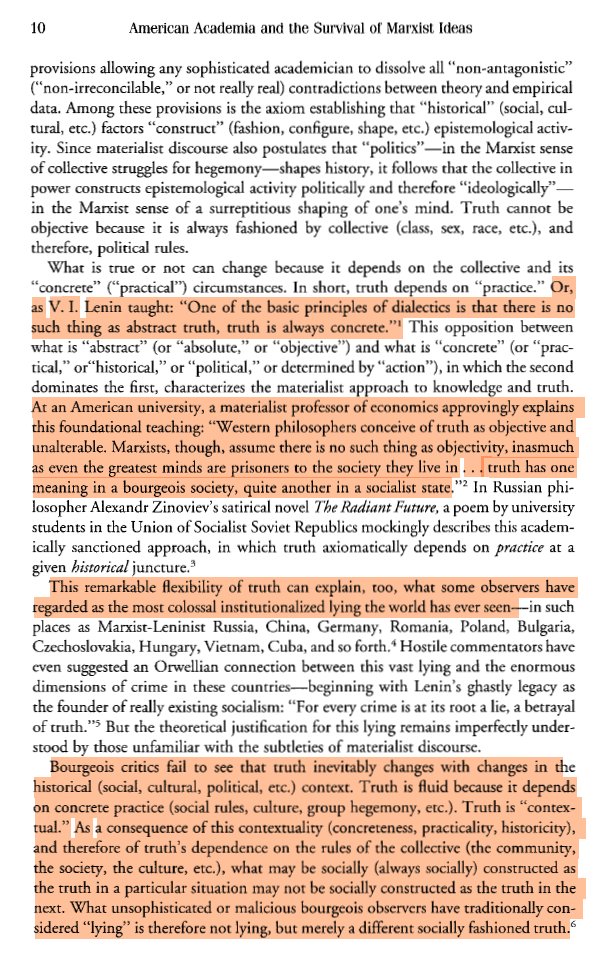 "At an American university, a materialist professor...approvingly explains..'Western philosophers conceive of truth as objective and unalterable. Marxists, though, assume there is no such thing as objectivity, inasmuch as even the greatest minds are prisoners to the society they live in . . . truth has one meaning in a bourgeois society, quite another in a socialist state.'"
"At an American university, a materialist professor...approvingly explains..'Western philosophers conceive of truth as objective and unalterable. Marxists, though, assume there is no such thing as objectivity, inasmuch as even the greatest minds are prisoners to the society they live in . . . truth has one meaning in a bourgeois society, quite another in a socialist state.'"